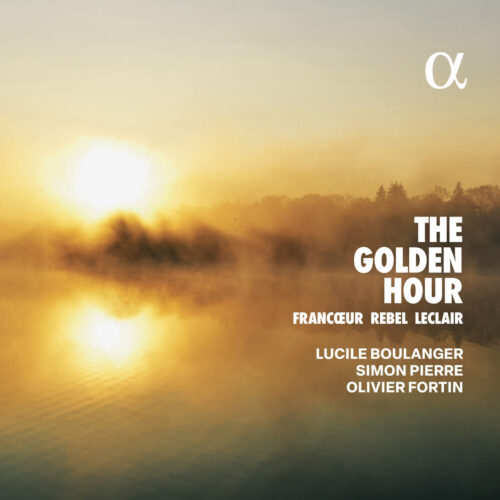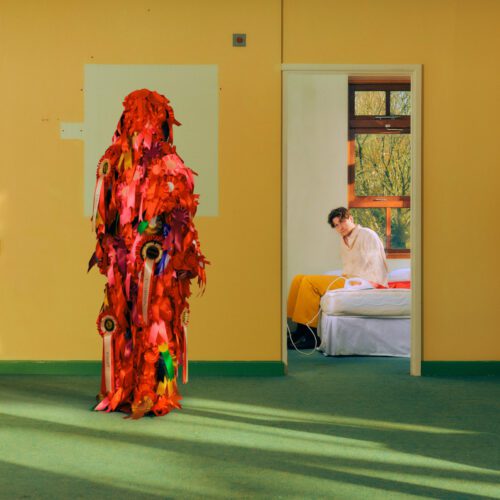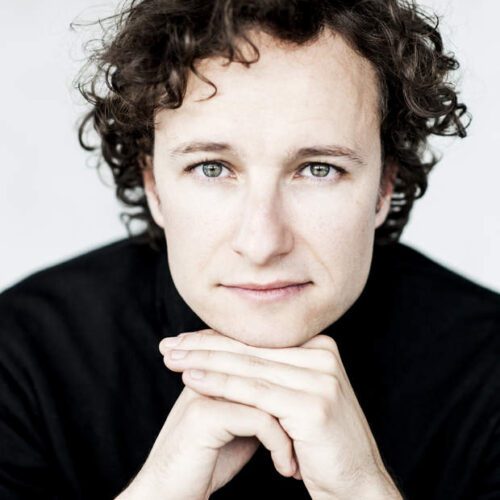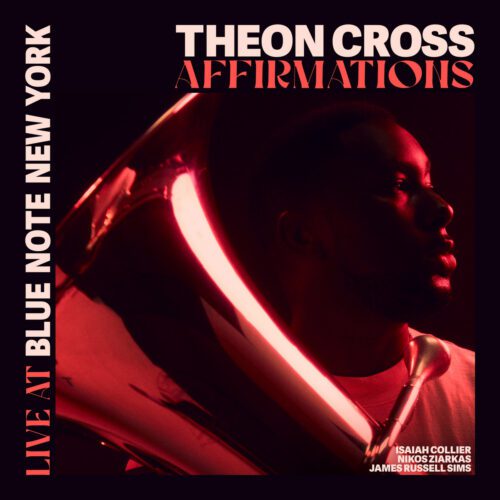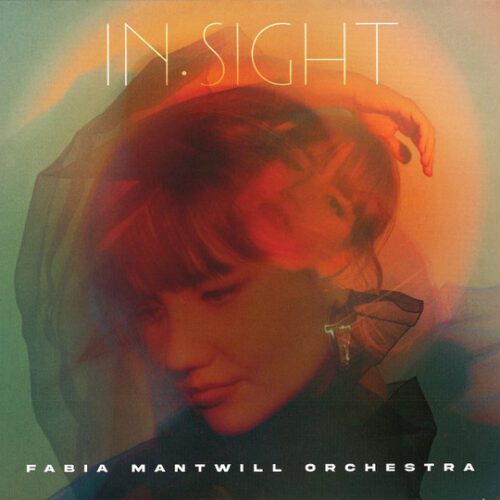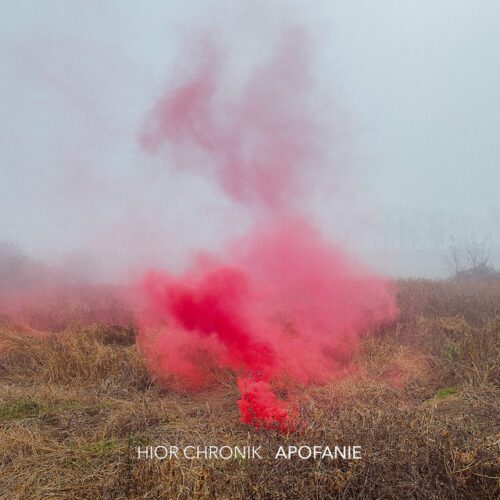The early 18th century in France (as in the rest of Europe) was a time of transition between the viola da gamba, which was living out its last hours of glory, and the violin, which was beginning its irresistible ascent to dominance that is still with us today. The Trio Sonatas presented here therefore have the particularity of offering opportunities for dialogue between the two instruments, in a relatively permissive structure, something that would not last long in history. What’s more, the sonatas played with finesse by this trio of artists also represent a pivotal moment in French musical history, that of a meeting between the Italian and French styles. This fusion, known as “Goûts réunis”, was at the time the equivalent of the first modern encounters between pop and classical music, or between rock and jazz: daring moves that were at one time decried by purists.
In the end, this quibble over fantasised stylistic principles seems quite futile nowadays compared with the pleasure we derive from listening to the scores of Leclair, Boismortier, Dornel, Rebel and François Francoeur.
Each composer balanced the recipe in his own way, and according to his own personality. Leclair is more Italianate, Dornel more Franco-French, the others somewhere in between. It is always a great pleasure to hear a work of this type by Rebel, often reduced to his extravagant dance music Les Éléments (but less and less so). The dialogue between violin and gamba is rich and varied. The gamba sometimes imitating the violin line, sometimes at the source of a subject that would later be developed by the younger instrument. The difficulty in this operation was to ensure that the harpsichord’s basso continuo did not appear to be stripped bare by the melodic flights of the gamba (which is often used to support the harmonic foundations with the harpsichord). Olivier Fortin admits that he had this in mind when he decided to choose a French instrument with a beautifully rounded bass. It was a wise choice, for the sonic range of the music loses nothing and even gains in ease, which strengthens the Italian part of these admirable ‘Goûts réunis’.
Superb readings by three musicians working in close concert in an elegant and finely descriptive expressive osmosis.
